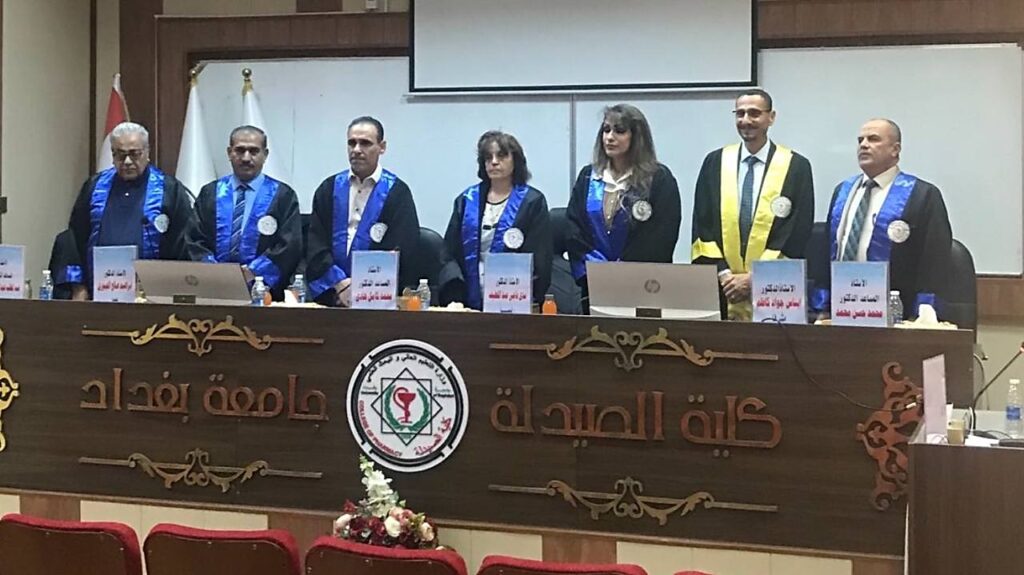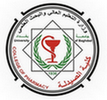The Faculty of Pharmacy discussed the doctoral thesis tagged “Phytochemical investigation of Solidago canadensis L. cultivated In Iraq, and the Study of its Activity Against H1N1 and COVID-19 Viruses and the Anti-Colorectal and Acute Leukemia Activity, involving the separation and identification of three new compounds.” for the student Hayder Taher Hassan and his supervisor Prof. Dr. Enas Jawad Kadhim in the Pharmacognosy and Medicinal Plants Department. Solidago canadensis L. is a member of the Asteraceae family, which comprises over a hundred species, also known as the golden road.
The objectives of the current study were:
- To know the chemical composition of the golden road plant after extraction and insulation.
- Perform analyses for the isolated compounds by TLC, HPTLC, HPLC, Preparative HPLC, FT-IR, LC-MSMS, LC-ESI-MS, 1HNMR, and 13
- Evaluation of the Golden Road plant’s activity against colorectal cancer and acute leukemia, anti-COVID-1 and H1N1 antiviral activity.
The thesis included the following:
- The fatty substances were removed from the aerial part of the golden road plant by soaking it in hexane for 24 hours. The defatted plant components were extracted for 24 hours with the Soxhlet apparatus and 85% aqueous ethanol as the solvent, and then fractionated with various solvents.
- The ethyl acetate and n-butanol fractions were examined using high-performance liquid chromatography (HPLC).
- Preparative high-performance liquid chromatography (PHPLC) and preparative thin-layer chromatography (PTLC) were used to isolate several compounds.
- The Crystal violet absorption test was used to measure the cytotoxic and antiviral effects of ethyl acetate and petroleum ether fractions.
- The MTT test was used to measure the effect of hexane extract on cancer cells (colorectal cancer and mono-acute leukemia in vitro).
The results approved the following:
- Fourteen compounds were isolated isolated, including astragalin, chlorogenic acid, and hyperoside. Eugenol-o-glucoside, 2-hydroxy-4,5-dimethoxy-9,10-dihydrophenanthrene, and 2,5-dihydroxy-4-methoxy-9,10-dihydrophenanthrene (Hircinol), which was discovered for the first time in the plant.
- GC/MS analysis of hexane extract and petroleum ether fraction showed the discovery of more than 60 compounds. The results showed the presence of a variety of compounds such as fatty acids (palmitic acid, linoleic acid, and methyl ester). Terpenes and terpenoids such as α-pinene, germacrene-D, andrographolide, caryophyllene oxide, as well as vitamin E
- The plant polyphenols and terpenes have high antiviral activity against H1N1 and COVID-19 viruses.
- The phytochemicals in hexane extract have also been shown to significantly inhibit colorectal cancer and mono-acute leukemia in vitro, making these compounds promising for testing anti-tumor activity in vivo.



